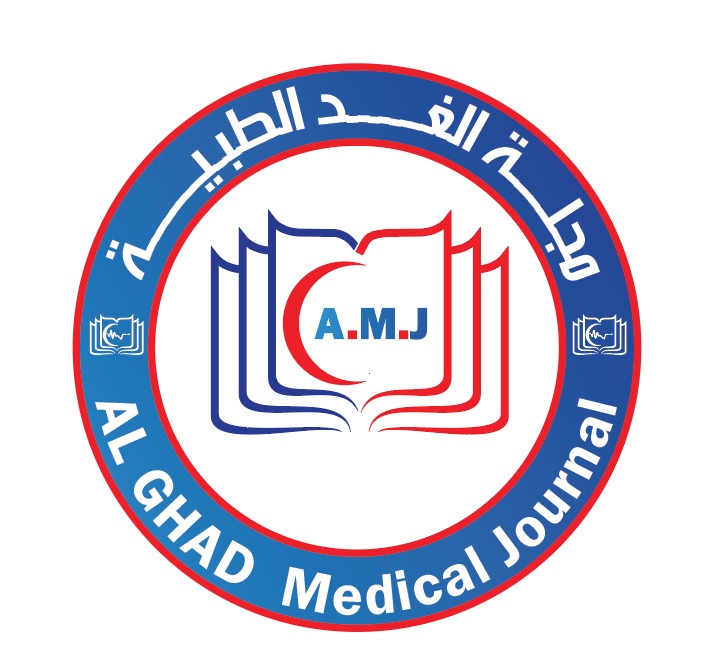Perinatal transmission is a common route for hepatitis B virus (HBV) during pregnancy, and often occurs when the pregnant women is hepatitis B e antigen (HBeAg) positive and/or has a high HBV DNA load. In this study, we determined markers of HBV (HBcAb, HBsAg, HBeAg, HBeAb) among the pregnant women in Al Fashir town, North Darfur State, Western Sudan).A total of 900 pregnant women in the age range 15 to 50 years were screened for the markers of HBV using the in vitro ELISA diagnostic kit (Beijing Wantai Biological Pharmacy Enterprise Co., Ltd. China) according to the manufacture’s recommendations. Among the HBsAg-positives, HBeAg and anti-HBe were tested. Overall, 162 pregnant women confirmed positive HBsAg (18%). HBeAg was detected in 2.6% (4 ̸ 153), where as HBeAb was found in 37.66% (58 ̸ 154) of the positive HBsAg pregnant women. Our study indicates a high prevalence of HBsAg with very low proportion of HBeAg among the pregnant women in Al Fashir town. Mostly perinatal transmission of HBV is effective when the mother is also HBeAg-positive, therefore our findings may indicate that perinatal transmissions play unsignificant role in HBV prevalence in Al Fashir town.

.jpg)




 University website
University website  University scientific conference website
University scientific conference website